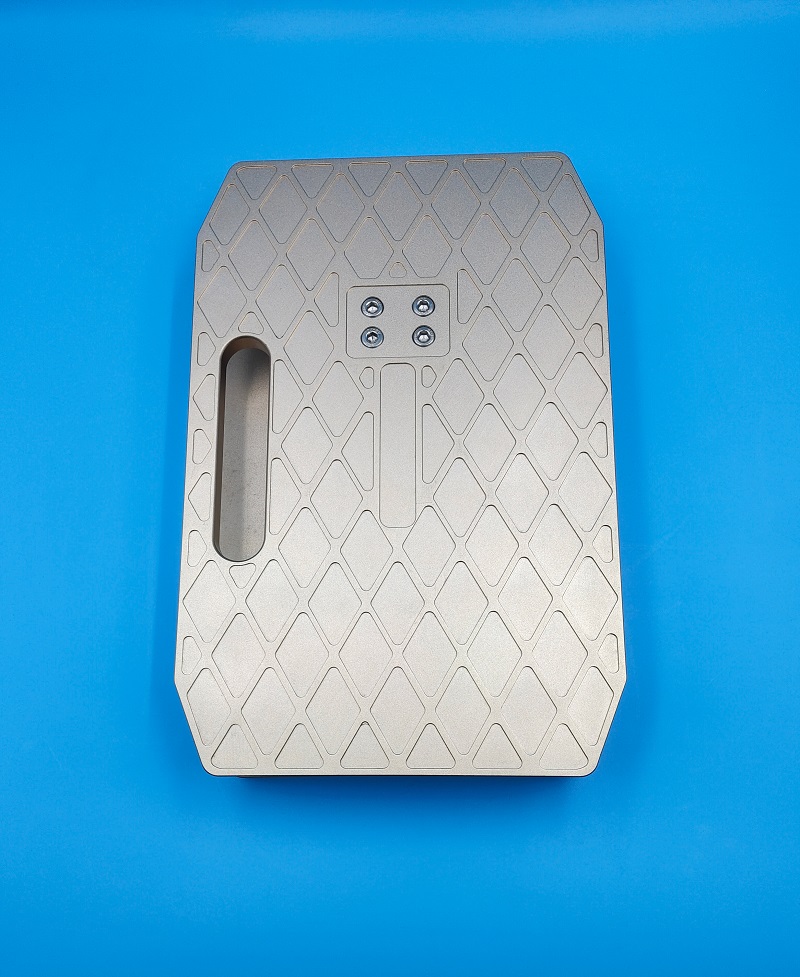The accuracy of racing scales is affected by sensor quality, scale structure design, environmental factors, installation and calibration:
Sensor performance
Accuracy level: High-precision sensors can more accurately convert pressure into electrical signals, in general, the use of precision level 0.01% FS (full scale) or even higher sensors, can make the racing scale more accurate measurement.
Stability: The sensor with good stability can maintain stable performance in long-term use, reduce the zero drift and sensitivity changes caused by changes in temperature, humidity and other environmental factors, so as to ensure the accuracy of the racing scale. For example, some high-quality sensors use special materials and processes that can ensure accuracy changes of no more than ±0.1% in the temperature range of -40 ° C to 80 ° C.
Overload capacity: Sensors with strong overload capacity can better protect their own performance from being affected when they encounter situations such as excessive weight in the car accident and avoid a decline in accuracy caused by overload.
Scale structure design
Rigidity and strength: The scale structure needs to be rigid and strong enough to avoid deformation when bearing the weight of the car. If the scale body is deformed, the sensor will be stressed unevenly, which will affect the measurement accuracy. For example, the scale body made of high-strength alloy steel has good rigidity and strength, which can effectively ensure the weighing accuracy.
Symmetry: The structural design of the scale body should ensure that the force is uniform in all directions and has good symmetry. This ensures an accurate weighing result regardless of how the car is parked on the scale.
Shock absorption design: The car may produce vibration when it is on and off the scale, and a good shock absorption design can reduce the interference of vibration to the sensor measurement and improve the accuracy. For example, devices such as shock-absorbing springs or shock-absorbing rubber pads are installed at the bottom of the scale body.
Environmental factor
Temperature: Changes in temperature will affect the performance of the sensor and the thermal expansion and contraction of the scale material. In general, for every 10 ° C change in temperature, the zero point and sensitivity of the sensor may change by 0.1-0.5%. Therefore, in high-precision racing scales, temperature compensation technology is usually used to reduce the impact of temperature on accuracy.
Humidity: A high humidity environment can cause moisture to the sensor and scale components, affecting their electrical and mechanical performance, which in turn affects accuracy. Therefore, racing scales usually need to have certain moisture-proof measures, such as the use of a well-sealed shell and moisture-proof coating.
Electromagnetic interference: If there is a strong electromagnetic field around the racing scale, it may interfere with the electrical signal of the sensor, resulting in measurement errors. In order to avoid electromagnetic interference, the sensors and signal transmission lines of racing scales usually adopt shielding measures, such as the use of shielding lines and metal shielding covers.
Installation and calibration
Installation levelness: The level must be ensured when the racing scale is installed, otherwise the sensor will be stressed unevenly, resulting in measurement errors. During installation, use a tool such as a level to accurately calibrate the scale to ensure that the levelness of the scale is within the specified range. Generally, the levelness error is not more than ±0.5mm/m.
Foundation stability: the installation foundation of the scale body should be firm and stable, and there should be no loosening or settling. If the foundation is unstable, additional shaking and deformation will occur when the car is weighed, affecting accuracy.
Calibration quality: Accurate calibration on a regular basis is the key to ensuring the accuracy of the racing scale. The calibration process requires the use of standard weights and follows strict calibration procedures. The accuracy of the calibration directly affects the measurement accuracy of the racing scale, and it is generally recommended to calibrate once every quarter or half a year.
Use and maintenance
Correct operation: The operator needs to use the racing scale correctly according to the operating procedures to avoid damage to the scale body and sensor due to improper operation. For example, when the car is on and off the scale, it should avoid braking or fast driving, so as not to have an impact impact on the accuracy.
Regular maintenance: Regular cleaning, inspection and maintenance of the racing scale, timely detection and treatment of wear, loosening and other problems of the scale body components, replacement of aging or damaged sensors and other components, help to maintain the accuracy of the racing scale.
In addition, the accuracy of the racing scale is also related to the data processing algorithm. The advanced algorithm can filter, compensate and linearize the data collected by the sensor to improve the measurement accuracy. At the same time, some racing scales also have automatic diagnosis and error correction functions, which can find and correct errors in the measurement process in time to further improve accuracy.

TEL : 020-39975778
Phone :13950482336
E-mail : 360652339@QQ.COM
Address :104, Building 17, No. 4, Yongfeng Road, Yongshan Village, Shiqi Town, Panyu District, Guangzhou
Copyright © Guangzhou Xingjiu Feng Electronics Co., LTD. All rights reserved